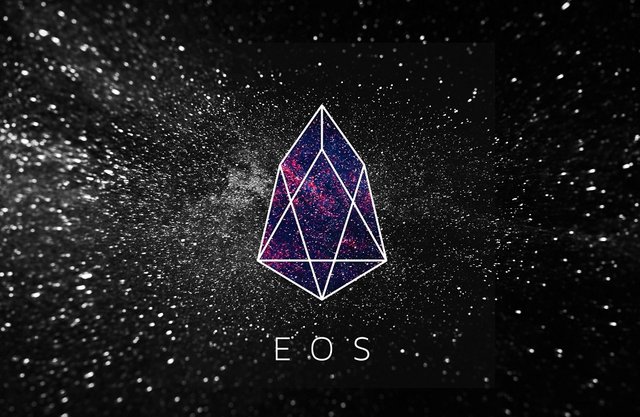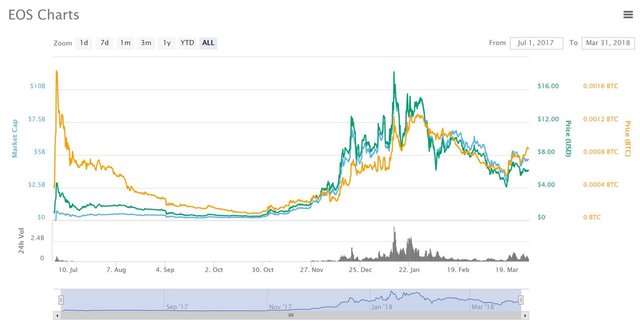Is EOS the New dApp Blockchain Technology?
What is EOS?
It’s a cryptocurrency built on blockchain technology like Ethereum and also has its standalone blockchain technology that allows developers to build decentralized applications on EOS. It was developed by Dan Larrimer and his team. Dan Larrimer is also the creator of Steem and BitShares. On June 26, 2017 the project was started as Initial Coin Offering (ICO).

EOS Features:
• Parallel Processing: The EOS blockchain has the ability to handle processes in parallel, with faster transaction speeds and more scalability.
• A Constitution: It also has a set of rules on which everyone agrees upon, these are linked to every block mined.
• Self Sufficiency and Evolution: It is self-sufficient with the current model allowing for about 5% inflation which will be used to develop the network further.
• Decentralized Operating System: Amazing thing about EOS is its similarity to a decentralized operating system; in practice this means that developers can build applications on EOS. Owning EOS coins is a claim on server resources. A developer needs to have EOS coins to use the EOS blockchain. Developers will not spend the coins to use the server resources, they just need to prove they hold them.
About the Decentralized Operating System:
The operating system will be hosted on servers (data centres) which in return will also be block producers. The incentive for servers that host EOS applications are the Block rewards in EOS.
Applications that are running on the decentralized operating system will be able to communicate with each other, there will also be measures to “firewall” applications.
Applications use very common functions such as user/password, user interfaces, backend (database) management. This means that applications can share frameworks or libraries which make development faster, more secure and less technical. For example, applications will have their own secure database and file space on EOS.
EOS will allow developers to create blockchain applications with which end users will easily interact with. Probably most users would not even know that they will interact with one when using EOS as this will be completely transparent to the users.
EOS main competitor Etherum, demands users to pay for every transaction. EOS is not doing that which is advantage to its users and will surely increase adoption.
ERC20 like tokens can be created on EOS, this means that ICOS can be hosted on this blockchain.
The Challenges:
Ethereum was the first mover in the smart contract space and a lot of systems have been built on the Ethereum blockchain. Also, it has proven itself to be a commercial grade blockchain. We also know that it is not impossible for Ethereum to adopt the same model as it is already planning to change from a POW to a POS.
Other competitors include RChain, Rootstock/RSK, and Crown who have not yet released their smart contract and decentralized platform suite. Once they do it could be cheaper and easier for developers to use these new platforms.
There are other blockchains with smart contract capability such as BitShares and Graphene currently. These have limited smart contract capabilities at this time but they could adapt their systems to a similar model in the future.
Smart contracts will be readable code rather than binaries. This would make maintaining proprietary smart contract tech confidential difficult.
Dan Larrimer has a history of moving on to the next thing, he did so with Steem and Bitshares. This is not necessarily a bad thing, but if the timing is not right the project could suffer.
EOS Data History:
Market Cap: $4,669,329,990 USD
Circulating Supply: 762,088,257 EOS
Total Supply: 900,000,000 EOS
Max Supply: 1,000,000,000 EOS
